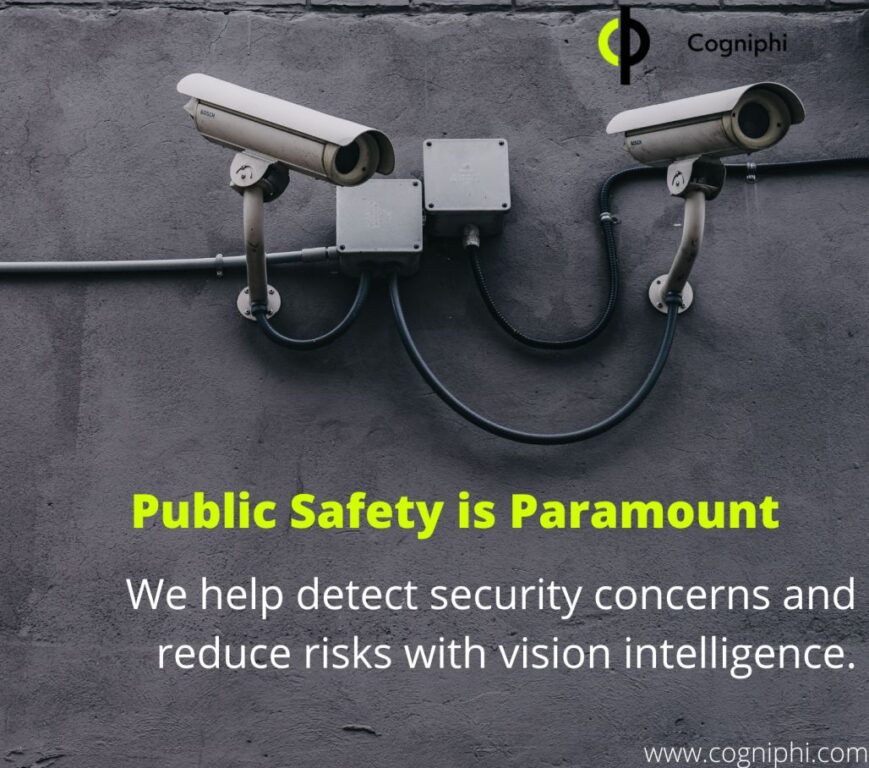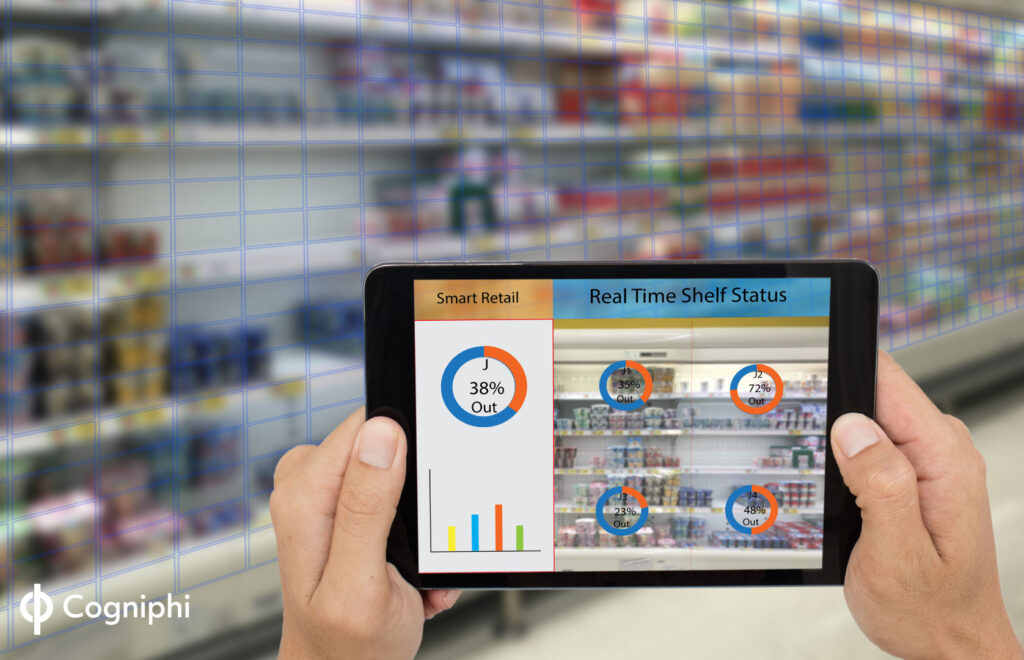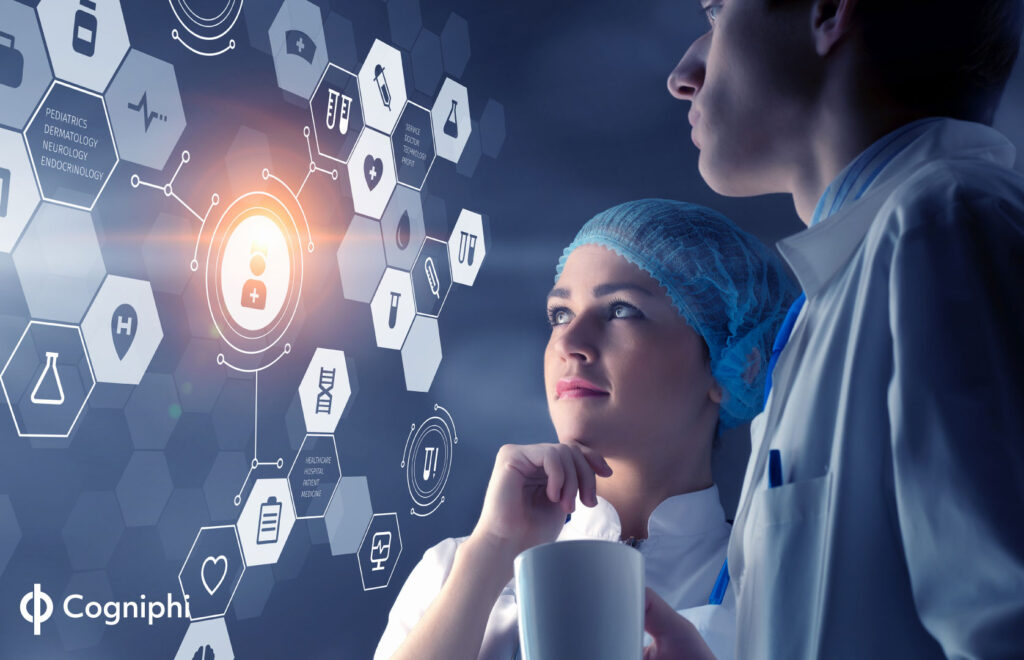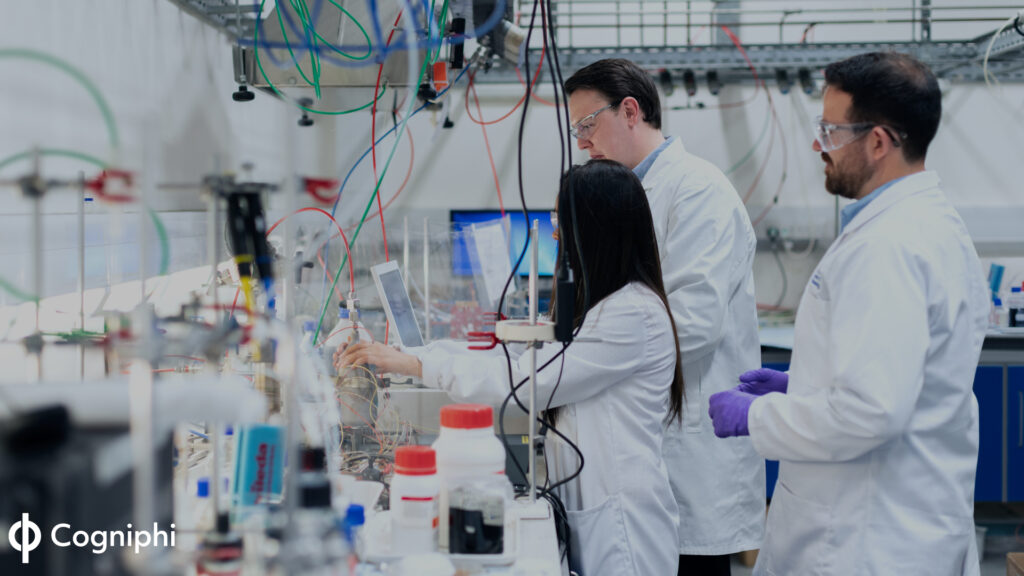Dozens of digital eyes peer at us today – guarding us from the moment we step out of our homes, and sometimes even before. We have surveillance cameras watching over our gates, our roads, and our offices, and even overseeing us in shops, malls, and ATMs.
Between Chennai, Hyderabad, and Delhi being among the top ten cities in the world with the highest number of CCTV cameras per square kilometre, and video surveillance buttressing Indian investigative agencies as they crack violent cases – these cameras have already proven themselves to be indispensable. It is, therefore, imperative to have cameras surveying your company’s premises, and to use them as the bedrock of your business’ security structure.
But these digital eyes are only as good as their human counterparts monitoring a feed. CCTVs’ watchful presence might prove to be a powerful deterrent, but their passivity results in complete reliance on external forces for intervention. These days, law enforcement too depends on captured footage to solve crime.
Things are changing, however, with AI Vision (Artificially Intelligent Vision) – the tool that effectively marries computer vision algorithms with data-driven learning of Artificial Intelligence. Installing vision intelligence technology amplifies a company’s video surveillance system, transforming billions of hours of footage from an overwhelming wave of monotony into an organized database to apprehend perpetrators.
Here are six ways in which computer vision can help your company reduce security risks:

Identification
Cameras with AI Vision are significantly more adept at recognising and labelling objects – whether human, vehicle, or weapon. Installing this technology is an easy investment, especially considering most facilities are equipped with CCTV cameras.
This intelligence elevates an average camera, making it accurately identify a human presence even in the case of a partial capture. This process can even be widened to study people’s proportions and gaits, and can be trained to identify people based on these traits – even during less than ideal circumstances.
Automated identity recognition
The specificity that computer vision-powered cameras allow for, based in the technology’s pattern-recognition techniques, enables them to verify the identity of individuals based on extremely distinct features – like biometric identification through iris and retina scans. By extension, this technology allows for digitising all company documents since signatories can be corroborated through this highly precise process. These modes of biometric authorisation simplify and solidify security processes, and consequently reduce the scope for fraudulent activities.
Future forward
With the possibility of analysing movements and recognizing suspicious behavior in real time, and immediately notify authorities. Something as minute as a deceitful glance can be captured. From ringing alarms exactly when an item is shoplifted, to alerting authorities, vision intelligence turns CCTV cameras into a proactive part of cracking crime. Computer vision can also identify contextually dangerous behavior – such as a worker showing signs of fatigue and dozing off while operating high-risk equipment.
Outside of security concerns, these AI Vision capabilities can track behavior to provide detailed insights into what stakeholders and business partners respond to positively and negatively on company premises. Just tap into the data AI Vision gathers on your organisation’s performance indicators – from customer satisfaction to client retention rates.
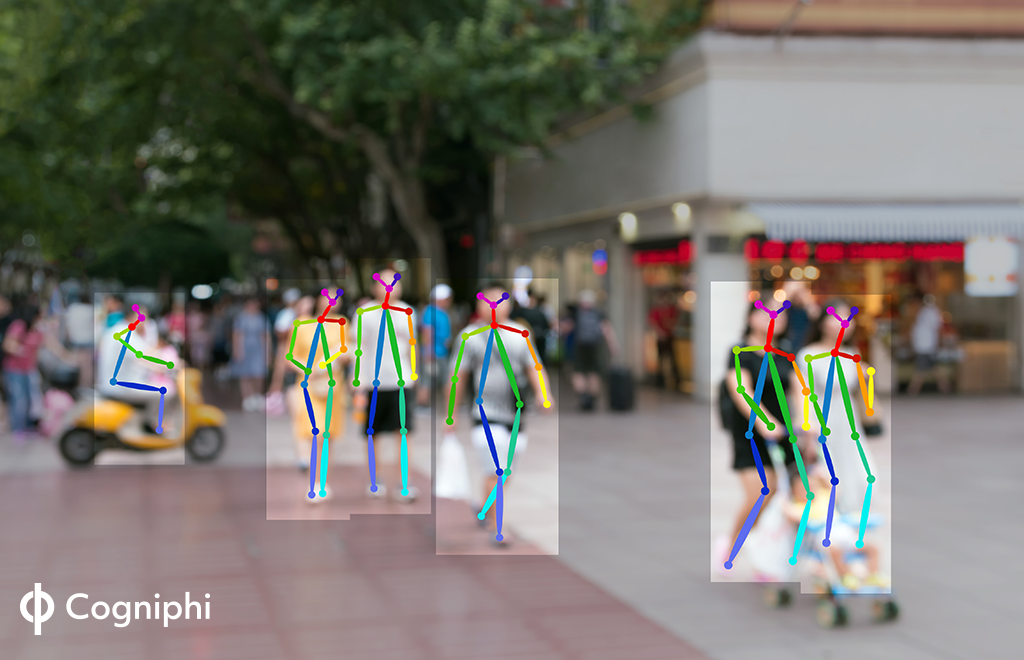
Omnipresence: Computer vision can monitor all visitors on the premises, and alert security teams in a fraction of a second if an attempted robbery or security breach is occurring. The response – such as locking down the area – can be immediate. This promptness, along with hyper-specific discernment, enables security teams to share access privileges on an individual level, and allows them to even track miscreants through vision intelligence.
Furthermore, critical assets can be surveilled in real time – whether they are highly valued technologies or cash. Cogniphi’s AI Vision collection of historical data and pattern-learning capabilities can even offer a guide to where human resources need to be focused to strengthen the company’s security structure. And in case the crime has already occurred, security personnel can rely on the database to sift out relevant information within seconds – whether that detail is a man in a blue shirt, or a license plate. Computer vision – through a technique called “generative adversarial networks” – even offers the ability to enhance and recreate images, providing security teams more valuable visual details around critical incidents.
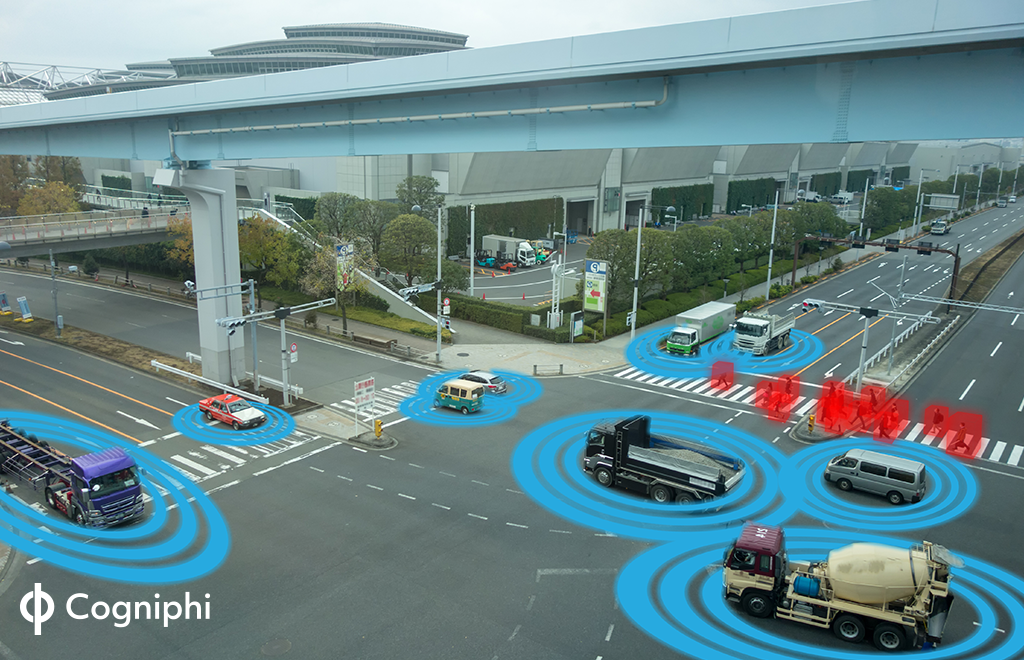
Safety measures: The midst of a raging pandemic, Vision Intelligence-enabled cameras can ensure that employees and workers socially distance on the premises. This technology can also alert workers who are dangerously close to hazardous equipment, or toxic substances.
Computer vision’s deep learning faculties can also understand manufacturing and standard operating procedures, and make sure materials and processes are being handled safely on the factory floor.
Similarly, Cogniphi AI Vision can track statutory compliance and make sure the company adheres to rules and regulations including the Factories Act, Shops and Establishment Act, and even Sexual Harassment of Women at Workplace (Prevention, Prohibition, and Redressal) Act.
Quick training: Newly hired employees can receive access privileges based on their scope of work. AI Vision’s expanding database can also serve as an exhaustive resource when it comes to training workers on standard operating procedures, and areas that need the focus of increased human resources – for instance, deploying more security personnel at risk-points.
Computer vision capabilities don’t replace human resources, rather they enhance and augment manned security systems. AI Vision’s surveillance offerings can predict critical security instances before they occur, prevent them from happening through a real time warning system, and protect you and your company’s valuable assets. This is an irrefutably reliable way to make your security systems proactive and fortified.
